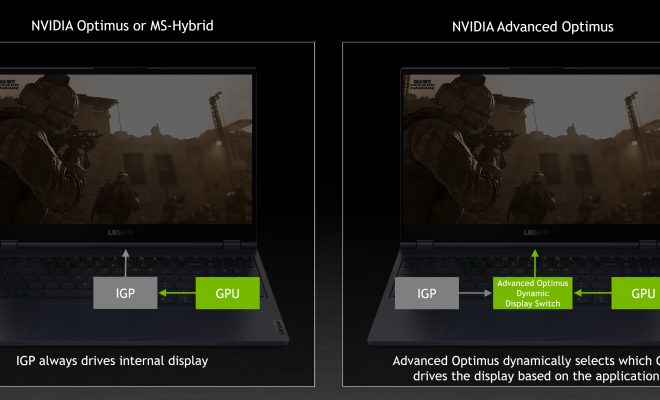How to Find All IP Addresses on a Network

If you’re an IT professional or someone who works with computers, you know how important it is to be able to find all the IP addresses on your network. Whether you’re trying to troubleshoot a problem or need to set up a new device, having a comprehensive list of IP addresses can be invaluable. In this article, we’ll go over some of the best ways to find all IP addresses on a network.
1. Use a Network Scanner Tool
One of the easiest ways to find all IP addresses on a network is to use a network scanner tool. There are several free and paid options available, such as Angry IP Scanner, Advanced IP Scanner, and Nmap. With these tools, you can scan your entire network and see a list of all devices connected to it, along with their IP addresses.
To use a network scanner tool, simply download and install it on your computer. Once the tool is up and running, enter your network’s IP address range and press the Scan button. The tool will then go through each IP address in the range and detect any devices connected to it. Some network scanner tools may also provide additional information such as the device’s MAC address, open ports, and more.
2. Use Command Prompt or Terminal
If you prefer a more manual approach, you can also use Command Prompt or Terminal to find all IP addresses on a network. Here’s how:
– Open Command Prompt (Windows) or Terminal (macOS/Linux).
– Type “ipconfig” (Windows) or “ifconfig” (macOS/Linux) and press Enter. This will show you the IP address of your own device.
– Type “ping” followed by your network’s IP address and the subnet mask. For example, if your network’s IP address is “192.168.1.0” and the subnet mask is “255.255.255.0”, you would type “ping 192.168.1.0 -l 1”. This command will send a ping request to each IP address in the network’s range and show you which addresses are in use.
3. Check Your Router’s Web Interface
Most routers have a web interface that allows you to access various settings and information about your network. One of the things you can do through the interface is view a list of all connected devices and their IP addresses. Here’s how:
– Open your web browser and enter your router’s IP address in the address bar. The default IP address is usually “192.168.0.1” or “192.168.1.1”.
– Enter your router’s admin username and password when prompted (check your router’s documentation if you don’t remember these).
– Look for a section labeled “DHCP Client List” or something similar. This should show you a list of all devices connected to your network along with their IP addresses.
Conclusion
Finding all IP addresses on a network can be a useful task for IT professionals and everyday computer users. Using a network scanner tool, Command Prompt/Terminal, or your router’s web interface, you can easily create a comprehensive list of every device connected to your network. With this information, you can better manage your network and troubleshoot any issues that arise.






